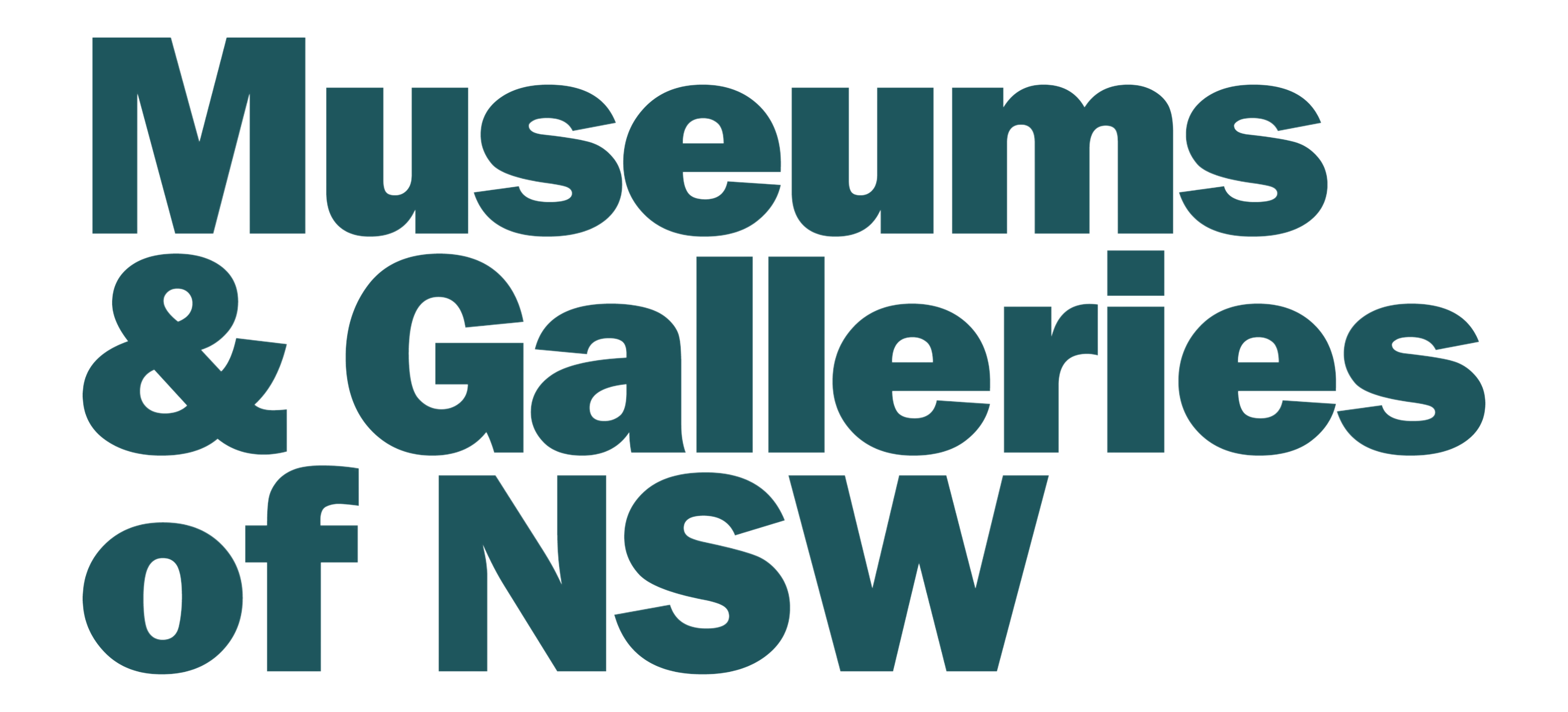Object based learning for school groups in museums
The use of objects in the teaching of history powerfully engages students because the objects themselves carry stories of real people and make the abstract past tangible and current. Objects can be used to stimulate curiosity, deepen understanding, improve retention of knowledge, unlock the imagination, promote social learning and evoke memories from young and old alike. The current NSW K-10 History Curriculum includes many topics that can be augmented by a school visit to a local museum, such as Present and Past Family Life and The Past in the Present (Stage 1) as well as Community and Remembrance and First Contacts (Stage 2).
Benefits of object-based learning
Object-based learning in museums can offer something to all learners, whatever their learning style. Using objects can enhance student experiences in museums and help achieve the following:
- Encourage group and class discussion
- Provide a direct link to the past
- Engage the senses, especially touch and sight
- Develop skills—observation, inquiry, evaluation, group work, speaking, listening and deduction.
Ideas to get started
“I hear and I forget. I see and I remember. I do and I understand.” – old adage
Create opportunities for students to interact with the objects by getting them to do some of the work. It is not necessary to do this for a whole tour or with every object on display. Whole collections can be overwhelming for students to interpret so focus on one or two objects and, if possible, choose something that they are unfamiliar with to encourage observation and creativity. Ask questions and do not emphasise ‘right’ or ‘wrong’ answers. Use words such as ‘investigate’, ‘detect’ and ‘mystery’. Stay flexible, if students want to keep discussing an object, let them.
Storytelling
Human beings are natural storytellers; since ancient times humans have been using stories to represent an event or series of events as a way to learn. Stories teach without preaching and encourage personal reflection and public discussion. The objects in your museum have stories to tell and both factual and fictional stories are a great way to get the students engaged. Telling stories about the objects also helps breakdown the barrier between the expert delivering knowledge and the passive audience and allow students to imagine another time or place. Try to make connections so objects become relevant to young people’s lives. It is also good to get the students to make up stories about the objects, bringing in their sense of creativity and imagination.
Activities
Getting the students to complete activities is another great way to get them engaged. You can get students working together to come up with stories surrounding the object or to sketch the object, explaining to the students that, despite technology, archaeologists still sketch every object they dig up because it gives them a better idea of the object’s shape, decoration and texture.
Hands-on Sessions
If possible, letting the students handle objects from your collection (even replicas will be useful) will help students learn by doing; handling the object will enable the students to look with purpose. The students can draw their object and answer questions about it. Get the students to discuss their objects within a group, emphasising that they should have a go and not worry about being right or wrong.
Download the PDF for an example of an object based learning activity sheet. You can use it as provided or you can create your own activities using the given questions as a guide.
You may also like…
Board of Studies Teaching & Educational Standards NSW, NSW History K-10 syllabus
University College London, Introduction to object based learning
